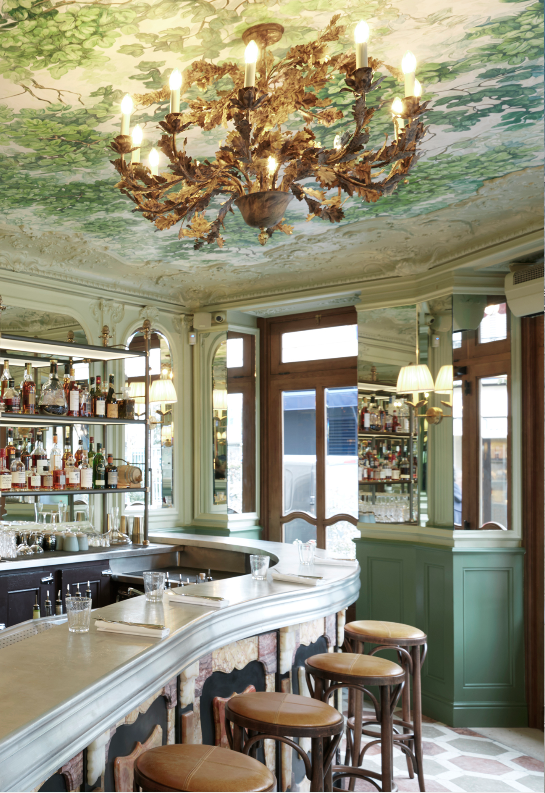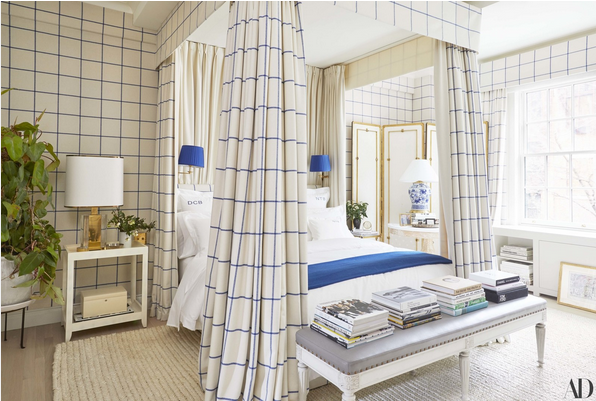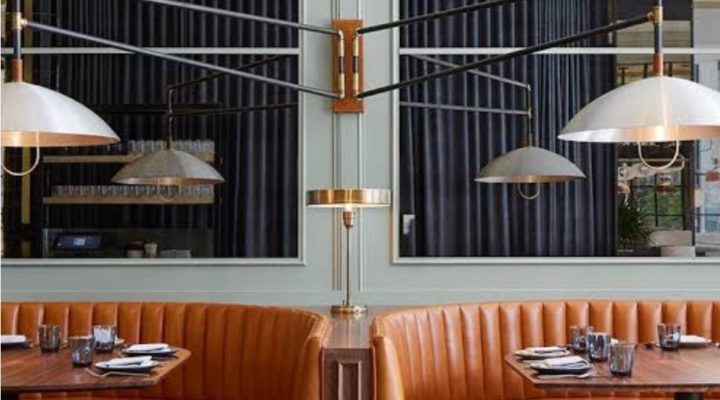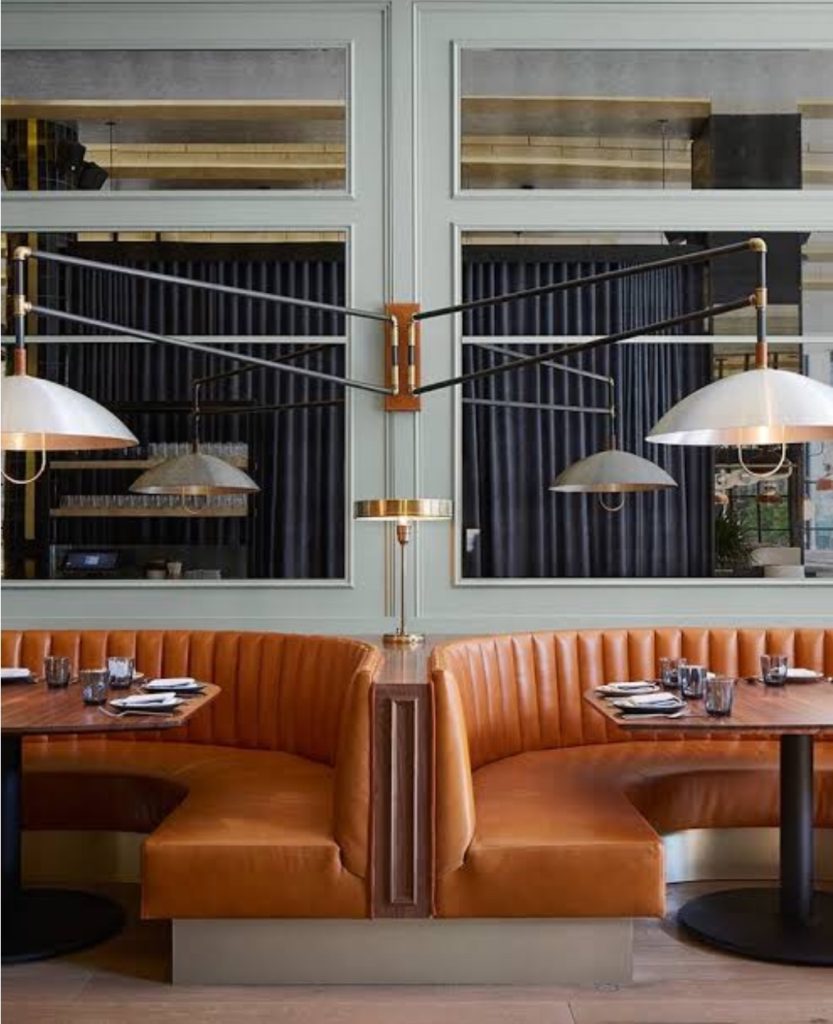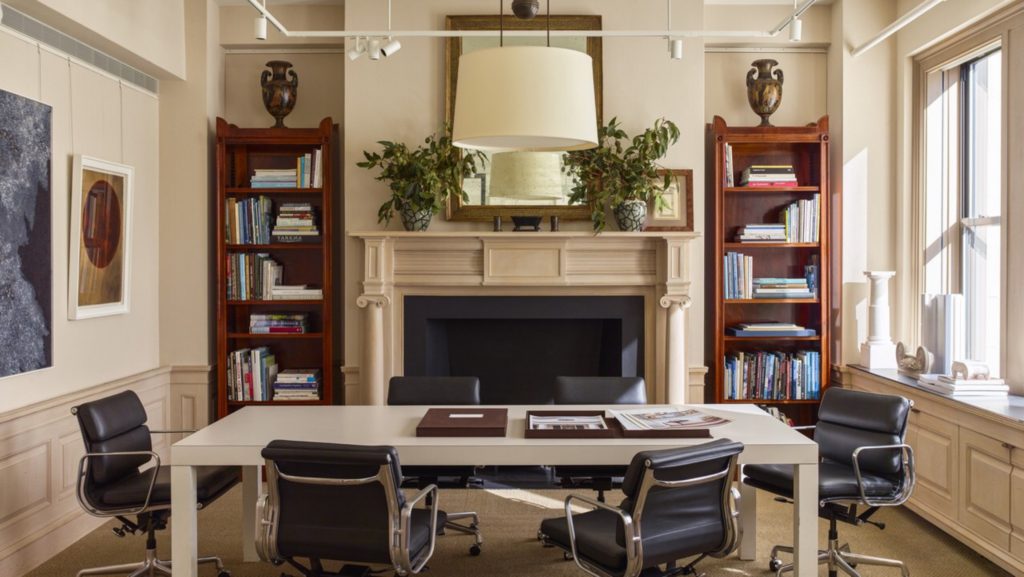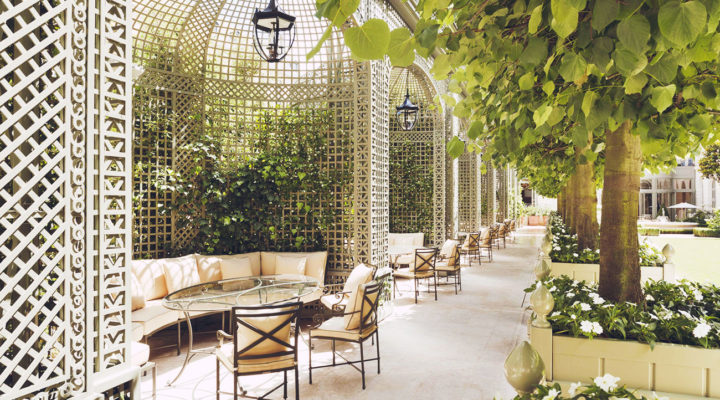
If you’ve been to Paris, then you may be very familiar with the Architectural design element known as trellis, lattice or trelliage. You may have seen lattice all over Paris’s parks and exterior building walls. Originally created as a garden element for mainly the separation between the more wild areas and the formal ones, trellis eventually took a more functional role as structures for grapevines, climbing roses and ivy plants to climb on. Nowadays their most modern use is more for the decorating aspect rather than for its function so much so that we can see it very often indoors covering interior walls. When lattice is used inside the house for covering the walls in intrinsic design its architectural effect is even more of a statement.
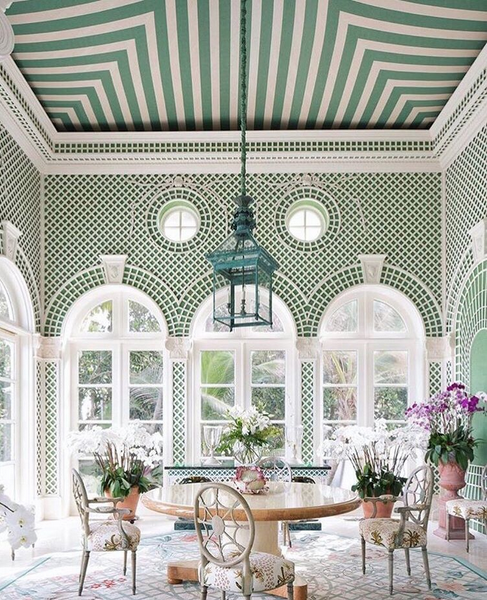
A home in Palm Beach with lattice on walls.

